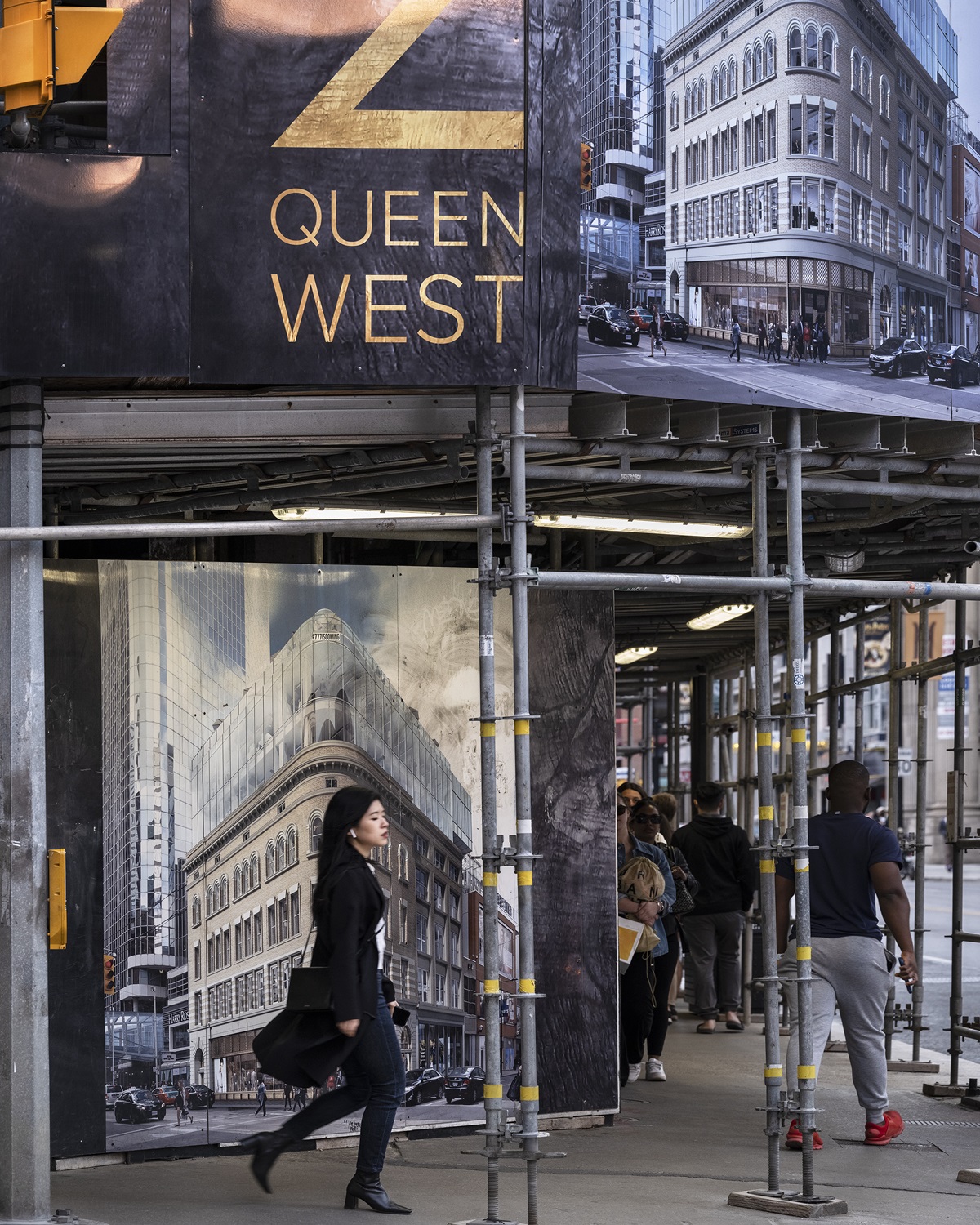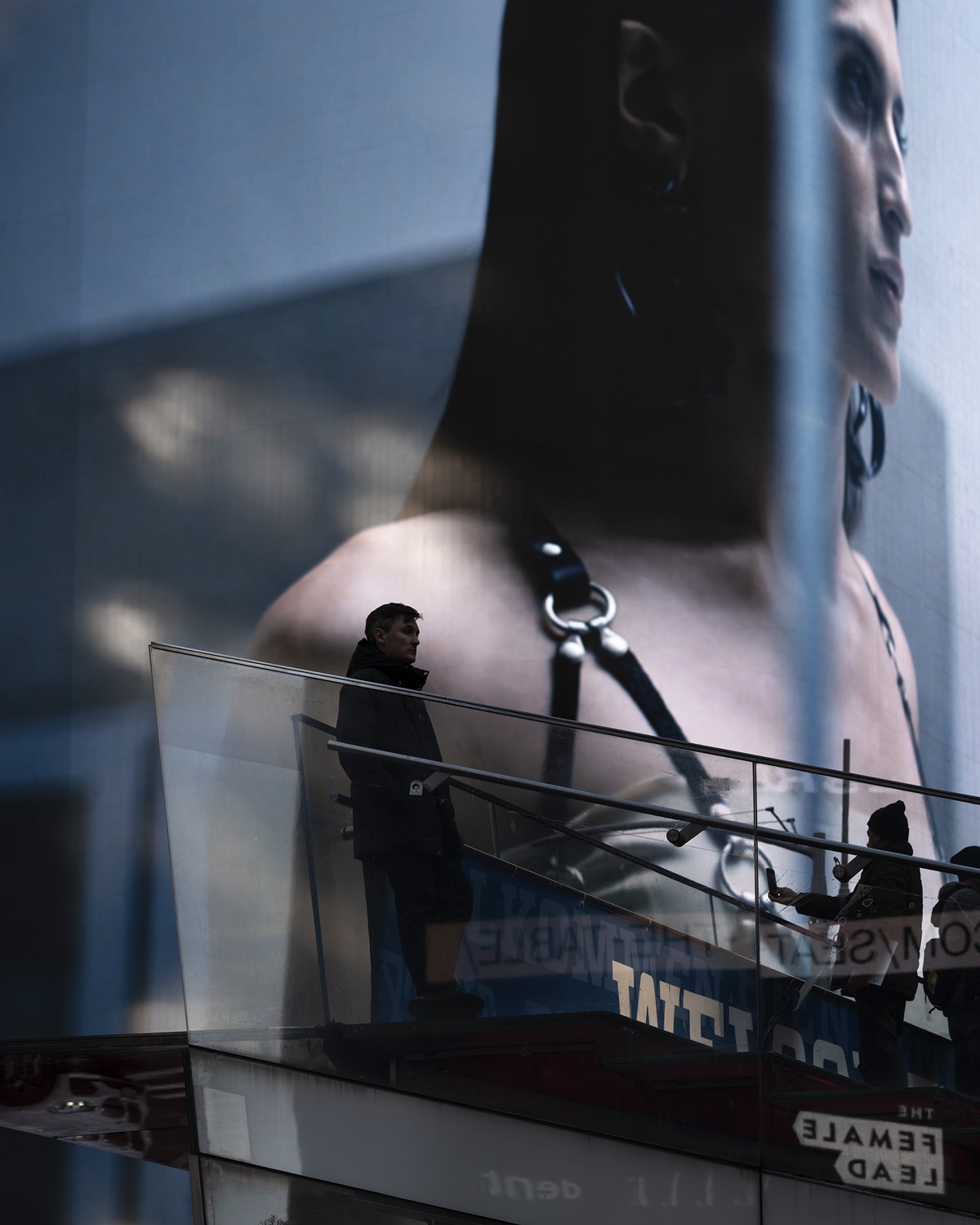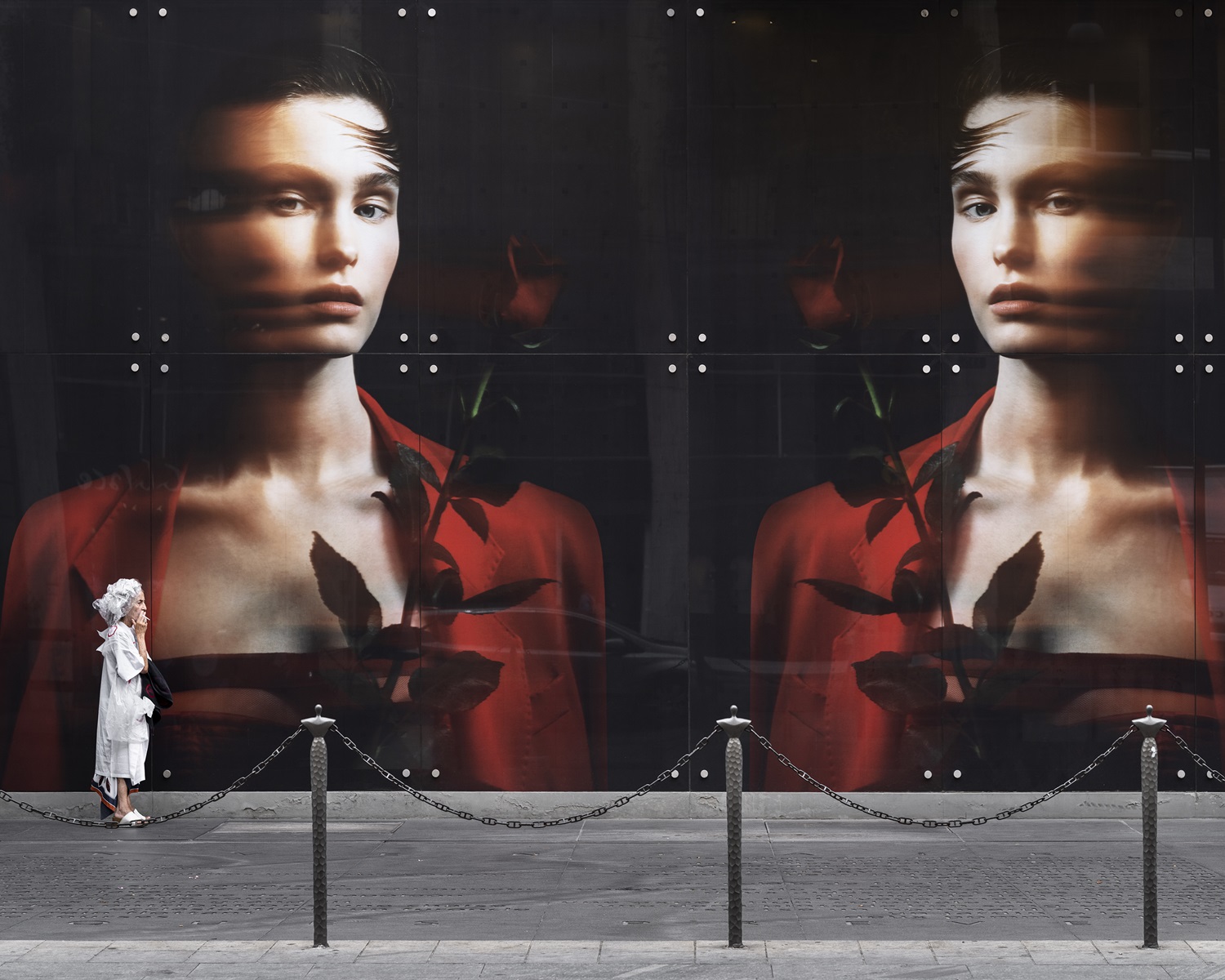"Image Cities" Anastasia Samoylova at Artissima 2025
Turin,
Lingotto Fiere Torino - OVAL
from October 31st to November 2nd, 2025
Intesa Sanpaolo is exposing, during Artissima 2025 - the International Contemporary Art Fair, a selection of photographs by Anastasia Samoylova, an american artist who explores the relationship between environment and cultural identity through observational photography. After relocating to Miami in 2016, she developed an immersive approach, culminating in her monograph FloodZone. In her 2023 project Image Cities, she investigates how media saturation shapes the urban landscapes of global metropolises. Her work will feature an exhibition commissioned by the Bank and hosted at the Gallerie d’Italia in Turin in 2026
Image Cities
The trompe-l'oeil of contemporary metropolises
by Emanuela Mazzonis, curator
Cities, like dreams, are made of desires and fears, even if the thread of their discourse is secret, their rules are absurd, their perspectives deceitful, and everything conceals something else.
Italo Calvino, Invisible Cities
Anastasia Samoylova (1984, Russia. Living and working in Miami, USA) observes, studies, investigates and uses her lens to capture images of cities that reveal themselves to her eyes while remaining hidden. “I wanted to see these places with my own eyes and document them from the viewpoint of a contemporary visitor living in a globalised world” says the artist, who has immortalised 17 metropolises, selecting them from the Global and World Cities Research Network (GaWC) a list of the world’s most influential cities (assessed according to four criteria: accounting, advertising, finance and law). The ‘Image Cities’ project was launched in Moscow and New York in 2021 and has been pursued by the artist in other cities, such as Los Angeles, Toronto, London, Paris, Amsterdam, Brussels, Tokyo, Madrid, Milan, Zurich and Barcelona. Samoylova critically observes the urban landscape in front of her. The intrinsic soul that characterises and distinguishes each city, and which should make each one real and intimate, objective and surreal, is actually hidden from our eyes. As if watching a theatrical performance, we observe images in which the characters, who are real people, are living their momentary lives in front of a metropolitan backdrop, set up like a large stage. The human figure appears tiny and almost insignificant compared to the saturated and idealised background that dominates the scene. Monumental billboards, like magnificent theatre wings, cover buildings, street corners and construction sites, embellishing the urban context and making every city look exactly like the next. The individuality of places is lost to standardisation. Contemporary cities have gradually become increasingly alike, mundane, adapted to the globalised world and the search for visual reassurance. “We are dominated by an aesthetic of the sublime”, says the artist, “aimed at producing images that relate less and less to real places and more and more to collective fantasies”. With meticulous skill, Samoylova presents an overview that inspires the eyes to be more vigilant and less susceptible to the visual deception of advertising. As we watch our alter egos walk through visual collages, the artist's close-ups prompt us to recontextualise these visual deceptions, as if reopening our eyes for the first time. These images, which resemble a collage, are results of photographic documentation that faithfully conveys the portion of metropolitan reality and of which we grasp the aesthetic impact and fictitious majesty. Only now are we able to realise that everything is visually staged, laid out on that great stage that is the contemporary city.




